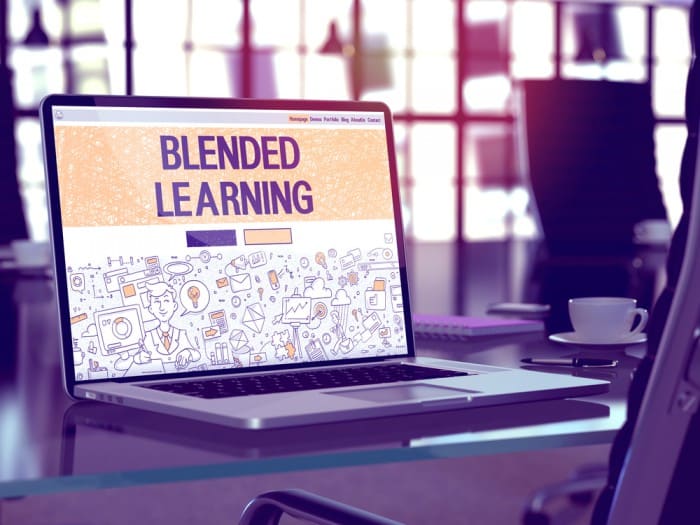
A growing number of schools and education hubs are implanting ‘blended learning approach’, but not all know what exactly it is!
Although terms like one-on-one learning and flipped learning make blended learning intriguing, it’s simply the concept of redlining the education and empowering teachers to offer personalized instructions to children.
So how will it help to the children and teachers?
Integrating blended learning approach to the schools will help teachers streamline and personalize the learning process to maximize the teacher-student time. Since blended learning contributes more to student-centered learning than the lecture-centered, students will become active. Teachers will plan lectures using creative multimedia to make learning an exciting, engaging and fun-learning thing.
Moreover, topics will be presented through online and classroom learning will engage students to become more interactive from the things like debaters, discussions, presentations and queries. Also, there’s no fixed learning schedule and students can access the content anytime.
Have a look at some of the models of blended learning:
-
Face-to-face driver model:
It’s one of the most common learning approaches that most schools use. In this model, teachers mostly deliver face-to-face curriculum in the class and take help from online resources to revise the content of the course. Students then use this online resources to study in the class, lab, or at home.
This approach is quite helpful for the students who lag behind because they need more time to understand the course’s concept. This will create learning objectives for the learners and is also helpful for the students who are native speakers or belongs from other countries.
-
Rotational model:
In this method, students rotate between different stations for online study as well as for the face-to-face tuition for fixed time slots. This type of learning model is mostly used in elementary schools to make learning easy for the students.
This model aims at active learning as well as increased achievements of students. The students will be easily able to learn math’s concepts, scientific techniques and other techniques with ease. Moreover, they will become active learners. The creative and fun learning method will also challenge students to work hard and learn things that are still not in their syllabus.
-
Flex model:
A course or subject in which students are more active in online learning even if the online education leads to offline activates is what called as flex model. In this students can learn in a customised and scheduled way through online. Also, teachers will be present to guide the students, but learning in this is mostly self-guided. The students will learn and practice new things in digital class themselves. Thi is one of the best methods of education for the students who can’t afford going school or who is a drop out from the school.
-
Self-blended model:
This gives the opportunity to students to take classes of the syllabus which is still to introduce in the school. However, to make benefit from this model, a student should have confidence and eager to learn things. He should be self-motivated to take advanced courses that sometimes are not in the syllabi.
-
Online lab model:
Online lab model is another best option for the students to complete courses that are not in the class. In this, the student will get to learn and achieve their coursework online through a dedicated computer lab of the school. This way, schools will be able to provide those courses to the students for which they don’t have a specific teacher or other study-related courses. Moreover, it will not hamper the learning environment, and students will quickly learn.
-
Online Driver Model:
In this method, students get the content via online, and they work remotely to learn things. Students can opt for face-to-face learning, but they can also chat with teachers online if they have any queries. This model is perfect for the students who need more flexibility in education and need independence in their learning schedules. Also, students can come to school occasionally for asking their doubts and queries.
Why Is Blended Learning So Effective?
Educational institutes and schools rely on blended learning approach as it offers the best classroom as well as online learning experience. Also, it gives teachers multichannel teaching by being at one place.
Benefits of Blended Learning:
Now you know what blended learning is and what are the models involved in it, have a look at some of its advantages that will help not only children but also teachers:
- Flexibility: since students get the ease to learn from anywhere at any time, it is quite flexible.
- Effective: well-planned blended learning is quite useful and offers various learning opportunities to kids.
- Efficient: Using this, teachers can efficiently deliver lectures to the students in fun learning way.
Since each student learning approach is different, the blended learning will offer to learn in their style.
